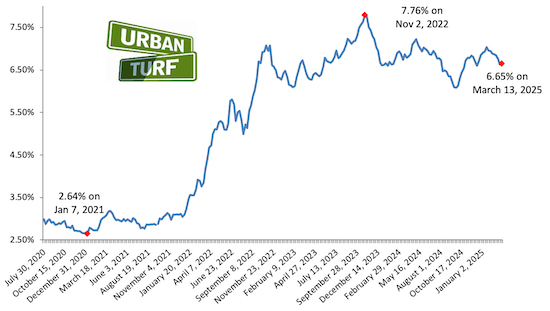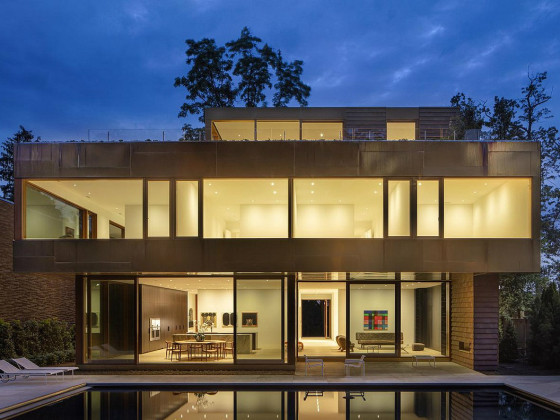 A Look at the Alternatives to a 30-Year Mortgage
A Look at the Alternatives to a 30-Year Mortgage
✉️ Want to forward this article? Click here.

When it comes to financing a home purchase, a 30-year mortgage is one of the most common options. However, there are alternatives that may be worth considering depending on your financial situation and long-term goals. In this article, UrbanTurf takes a look at some of those alternatives.
15-Year Mortgage
With a 15-year mortgage, a borrower pays off their loan in half the time compared to a 30-year mortgage, which means owning their home sooner and paying less in interest over the life of the loan. The downside is that the monthly payments will be notably higher than with a 30-year mortgage.
story continues below
loading...story continues above
Adjustable-Rate Mortgage
The biggest difference between an adjustable-rate mortgage (ARM) and a fixed-rate mortgage is that with an ARM, your interest rate will change after a certain period. With a fixed-rate mortgage, your interest rate is locked in and your payment will be the same every month for the duration of the loan.
As the name suggests, adjustable rate mortgages adjust. After an initial interest rate period, your lender will determine a new interest rate periodically, using calculations based on a measure of interest rates — like the constant maturity Treasury index or the Cost of Funds Index. If interest rates rise, your monthly payments could increase, which could make it difficult to budget for your mortgage payments.
If you're considering an ARM, make sure you understand how the interest rate can change over time and how it will affect your monthly payments.
Bi-Weekly Mortgage
A bi-weekly mortgage is a payment plan where you make half of your mortgage payment every two weeks instead of making one monthly payment. Over the course of a year, you'll end up making 26 half-payments, which is equivalent to making 13 full payments instead of 12, thus paying off your mortgage a bit faster.
Interest-Only Mortgage
An interest-only mortgage is a type of loan where you only pay the interest on the loan for a certain period, typically 5-10 years. After the interest-only period ends, you'll start paying both principal and interest on the loan. Interest-only mortgages can be attractive because your monthly payments are lower during the interest-only period, but they come with significant risks.
If you're considering an interest-only mortgage, make sure you understand how the loan works and how much your payments will increase once the interest-only period ends. It's also important to have a plan in place for how you'll handle the higher payments once they start.
See other articles related to: mortgages
This article originally published at http://dc.urbanturf.production.logicbrush.com/articles/blog/a_look_at_the_alternatives_to_a_30-year_mortgage/20858.
Most Popular... This Week • Last 30 Days • Ever

The Rivergate listing in Alexandria traded hands for $9 million just before New Year'... read »

With frigid weather hitting the region, these tips are important for homeowners to ke... read »

Today, UrbanTurf offers a brief explanation of what it means to lock in an interest r... read »

The 30,000 square-foot home along the Potomac River sold at auction on Thursday night... read »

An application extending approval of Friendship Center, a 310-unit development along ... read »
- Nearly $1 Million An Acre: Pricey Land Sale Near Dan Snyder's Alexandria Home Closes Out 2025
- Seven Ways to Prevent Your Pipes From Freezing
- What Does It Mean to Lock in Your Mortgage Rate?
- Dan Snyder's Former Potomac Home Auctioned For $13.26 Million
- 310-Unit Development Pitched In Friendship Heights Will Be Delayed
DC Real Estate Guides
Short guides to navigating the DC-area real estate market
We've collected all our helpful guides for buying, selling and renting in and around Washington, DC in one place. Start browsing below!
First-Timer Primers
Intro guides for first-time home buyers
Unique Spaces
Awesome and unusual real estate from across the DC Metro














